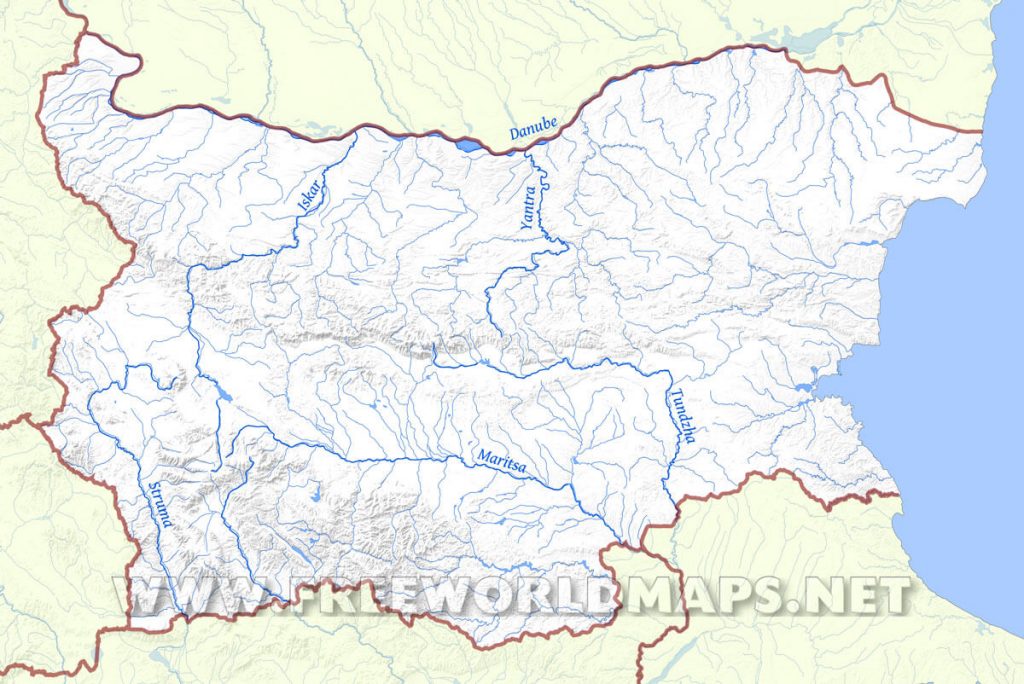Bulgaria is a fairly large Balkan country that is home to 7 million people. Packed full of history, natural beauty, and home to a good stretch of the Black Sea Coast, it’s been the base of YPT Soviet Europe for almost three years now. As a result, YPT has managed to cover everything you need to know when it comes to mapping the fascinating country of Bulgaria. In this section, we look at everything from the general overview, the rivers, the capital, and more!
Map of Bulgaria
Almost rectangular in its shape, Bulgaria is bordered by Romania to the north, with most of the Bulgarian Romanian border marked by the lower Danube River. The Black Sea is located to the east, Turkey and Greece to the south, North Macedonia to the southwest, and Serbia to the west. The Bulgarian capital city of Sofia lies in a mountainous basin in the west.
Map of the Bulgarian capital of Sofia
Sofia is the capital of Bulgaria. It is situated near the geographical centre of the Balkans region, in the Sofia Basin, a troughlike valley in the western part of the country.
Rivers in Bulgaria

Apart from the Danube, Bulgaria is mostly home to relatively short rivers. The main rivers in Bulgaria are the Maritsa (Marica), Iskŭr, Struma, Arda, Tundzha, and Yantra. Overall, more than half of the runoff drains to the Black Sea, and the rest flows to the Aegean Sea.
Bulgaria is also home to various lakes. Many of them are coastal such as the large lakes around Varna and Burgas, both on the Black Sea. Others are glacial, structural, or karst in origin. Bulgaria also has around 500 mineral springs, half of which are warm or hot.
Ethnic map of Bulgaria
Ethnically, the population of Bulgaria is largely homogeneous, with Bulgarians making up more than four-fifths of the total. Slavic tribes who settled in the eastern part of the Balkan Peninsula in the 6th century BCE assimilated to a large extent the local Thracian culture, which had roots in the 4th century BCE, and formed a basic ethnic group. The Bulgars, who established the first Bulgarian state in 681, formed another component. With the gradual incorporation of fragmented Slavic tribes, Bulgars and Slavs unified into a group of people who became known as Bulgarians.
The Turkish people make up Bulgaria’s largest minority and make up about one-tenth of the citizenry and live in some regions of the northeast and in the eastern Rhodope Mountains region. Roma Gypsies are the second largest minority after Turkish. Macedonians, often tabulated as ethnic Bulgarians, claim minority status. There are a few thousand Armenians, Russians, and Greeks (mostly in the urban areas), as well as Romanians and Tatars (mostly in the villages).
Of course, the country also has a growing number of western expats and foreign workers who largely work in tourism, IT, or tech industries throughout Bulgaria.





